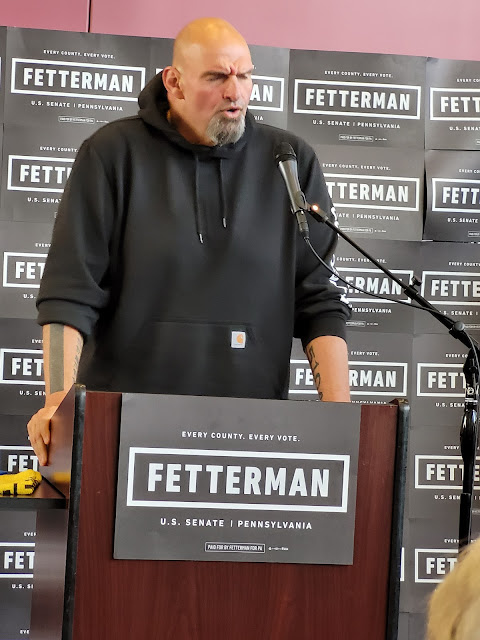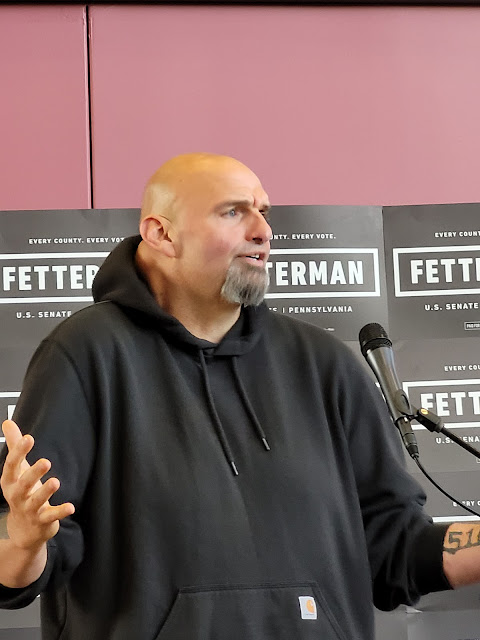If we ever establish a language police force in this country, I will be one of the first people to sign up. I am constantly irritated by people who regularly violate longstanding grammatical rules. Admittedly, some English rules are arbitrary—actually, the whole language is arbitrary; the rules were not handed down by God on stone tablets—but many rules exist for clarity or graciousness. People violate grammatical rules out of ignorance, laziness, or sheer perverseness.
What set me off this morning was a piece in The New York Times, “These 12 College Students Don’t Like The System They’re In.” The 12 college students were part of a focus group eliciting opinions on their college experiences. Quotations from the panel members were generally articulate—I suspect that editing was minimal—but, every now and then, a sentence caught my language-policeman attention. For example:
This is specifically about me being a woman of color in school.
A proper sentence would have been
This is specifically about my being a woman of color in school.
The grammatical rule here is that a noun or pronoun before (and serving as the subject of) a gerund should be possessive. A gerund, remember, is a verb form ending in ing that functions as a substantive. This is explained nicely on the TERMIUM Plus Web site of the Canadian government. The site offers this commentary:
In informal writing, there is a trend toward dropping the possessive before a gerund. We often use a simple noun or an object pronoun instead … However, in formal writing, the use of the possessive form before a gerund is still preferred. Also, the possessive form may be important for clarity.
I suspect that those people who fail to use a possessive before a gerund in speech or informal writing do so in formal writing as well because they were never taught (or understood) the rule. I experience this “trend” all the time, and I am mildly upset wherever I encounter it. Is it really so hard to remember to say my rather than me?
TERMIUM Plus helpfully provides an example in which the case before a gerund makes a semantic difference (ignore the Canadian spelling):
Jorge is in favour of the candidate being interviewed Friday.
versus
Jorge is in favour of the candidate’s being interviewed Friday.
Think about that. Careful speakers should ignore the “trend.”
A grammatical lapse that is probably more common involves the speaker (or writer) and someone else. I was always taught that, as a matter of courtesy, one always names the other person first, for example:
Mary and I went to see the new movie.
The announcer called out to Christopher and me.
What we often hear instead is
Me and Mary went to see the new movie.
The announcer called out to me and Christopher.
This me-and-somebody construction is rapidly becoming universal. I hear it all the time from celebrities and presumably well-educated speakers. Although both of the sentences are, by conventional rules, wrong, the first one is doubly so. This is because the pronoun Me is in the wrong case. It is always helpful to drop the conjunction in order to get the case right:
Me went to see the new movie.
The announcer called out to me.
The first sentence should sound wrong to every native speaker. The second sentence, on the other hand, is just fine. Of course, getting pronoun cases wrong can lead to other illiteracies:
Mary and me went to see the new movie
The announcer called out to Christopher and I.
These errors, too, and not uncommon.
Returning to the Times piece, I was struck by the fact that students focused on training for a profession rather than on obtaining a liberal education. As a University of Chicago alumnus whose son graduated from St. John’s College, I find this very worrisome. Here are some quotations from the focus group:
You want to get a good degree. You want to get to a good school. You want to get a good-paying job.
But I feel very behind in school because I didn’t want to take out loans. I did the classes that I could pay for now.
But I feel like college is filled with a lot of extra classes that we don’t need. And it just takes up a lot of time and money when we could just go directly and be focused on what we want to do.
It is difficult to be too hard on these students, however. College has become inordinately expensive, and neither foregoing a degree nor being saddled with crippling debt for the rest of your life is an attractive prospect. Participating in a community of scholars is easily eclipsed by a desire to get out alive.
Clearly, for most students, college is outrageously expensive. Few can earn their way through college, which was once common. It isn’t clear how much colleges themselves can address this problem. Teaching is very labor-intensive, and students and parents have come to expect comfortable living quarters and elaborate sports and recreational facilities. On the other hand, raising tuition to increase a school’s prestige is not unknown. Colleges and universities can always find ways to use the money.
Perhaps some jobs do not really require a college education, and some students will not benefit from one. We should rethink the notion that everyone should go to college.
Many wealthy countries provide free or low-cost higher education. The United States should do so as well.









